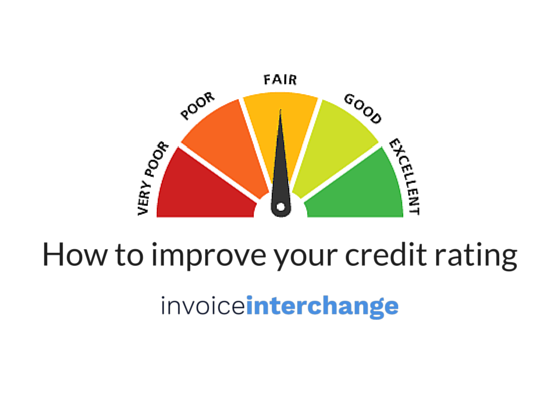
How to improve your credit rating?
Poor credit rating is a factor that could prevent you from getting much needed finance. Let’s have a look at some suggestions that could improve your credit rating.
Improving your credit rating
1. Avoid over extending yourself with too many credit facilities. Cancel any existing facilities if they are no longer required. General rule of thumb is the more debt the business currently has on its books, the worse the credit rating will be.
2. It is advisable not to apply for new credit facilities too often or within a short period of time. This may give financiers the impression that your business is in financial distress and needs money injection fast. If possible, try to leave a gap between each application of at least one month.
3. Know your existing count of credit facilities and your debt limits. Monitor them to ensure your number of facilities as well as the number of credit facility applications stays under your pre-determined limit.
4. Ensure all repayments are paid on time and in full for all your credit facilities. This includes bank loans, mortgages, company credit cards, any other debt payments, and outstanding government obligations. If the business is going to be late in making a repayment, inform your financier in advance.
5. Request for your credit facility to be deleted once fully repaid. A paid collection and an unpaid collection may hold the same negative weight and may affect your credit score.
6. Regularly review your credit report to ensure there are no errors reported. Attempt to resolve any errors as promptly as possible.
Records which are difficult to re-mediate
It is important to be aware that there are certain events that cannot be rectified. Examples below will reflect on your credit report for a very long time and have a very negative impact on your credit score.
1. Bankruptcy proceedings
2. Litigation records
3. Default records (when a financier writes off your debt)
If you have a bad credit rating or history, it may be difficult for you to obtain financing. However, you might find that alternative finance options like asset finance, merchant cash advances, or invoice finance are a perfect fit for your business.
Related Articles

The Working Capital Challenge: How Long Credit Terms Could Be Holding Your Business Back

Understanding the Impact of Chinese New Year on Cash Flow: A Guide for SMEs
